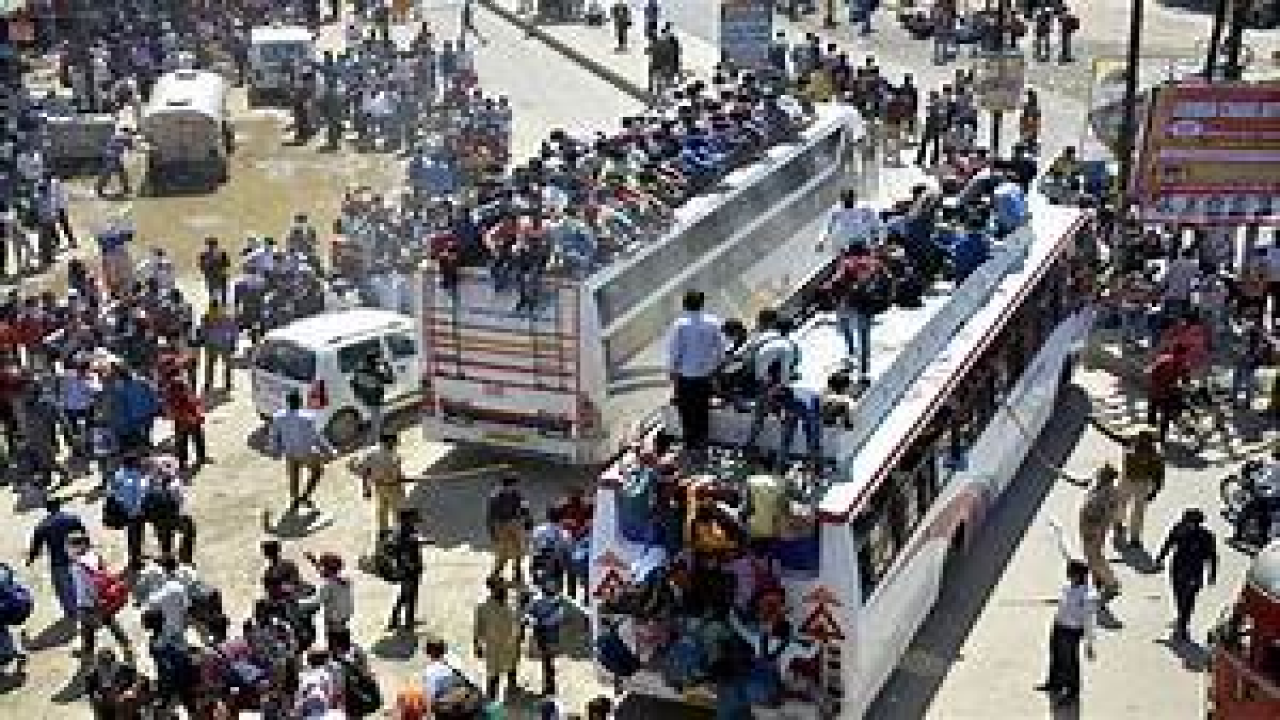Migration in India
Migration has been a significant aspect of India’s demographic landscape for centuries. The country has experienced different types of migration, including inter-regional, intra-regional, and international migration.
History of Migration in India
Migration has been a part of India’s history for centuries, with people moving from one region to another in search of better opportunities or to escape political or social unrest. The movement of people has been facilitated by India’s diverse cultural landscape, as well as its complex history and geography.
Types of Migration in India
The migration in India can be broadly classified into several types, including:
- Inter-Regional Migration: Inter-regional migration refers to the movement of people from one region of the country to another. This type of migration is often driven by economic factors, such as the availability of employment opportunities or better living conditions.
- Intra-Regional Migration: Intra-regional migration refers to the movement of people within a region of the country. This type of migration is often driven by social or cultural factors, such as the desire to be closer to family or to live in an area with a similar culture or language.
- International Migration: International migration refers to the movement of people from one country to another. This type of migration is often driven by economic factors, such as the desire to find better employment opportunities or to escape political or social unrest.
Examples of Migration in India
There are many examples of migration in India, including:
- Rural to Urban Migration: Rural to urban migration is a common type of inter-regional migration in India, as people move from rural areas to cities in search of better employment opportunities and living conditions.
- North-South Migration: North-South migration is a common type of inter-regional migration in India, as people move from the northern states to the southern states in search of better living conditions and employment opportunities.
- International Migration: International migration is also common in India, with many people moving to other countries in search of better employment opportunities or to escape political or social unrest. For example, many Indians move to the United States or Canada for better job prospects.
Issues Associated with Migration
There are several issues associated with migration in India, including:
- Social and Cultural Tensions: Migration can lead to social and cultural tensions, particularly in areas where there are competing claims over resources or where different cultures or languages come into contact.
- Economic Impacts: Migration can have significant economic impacts, both positive and negative. For example, migration can contribute to economic growth by increasing the workforce or providing a source of remittances, but it can also lead to issues such as overcrowding and strain on infrastructure.
- Environmental Impacts: Migration can also have environmental impacts, particularly in urban areas where there is increased demand for resources such as water and electricity.
- Political Challenges: Migration can also lead to political challenges, particularly in areas where there are competing claims over resources or where different cultural or linguistic groups come into contact.


